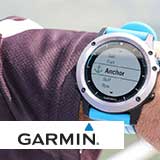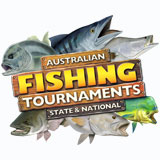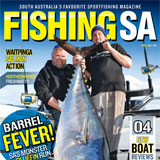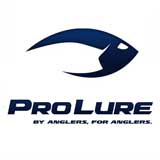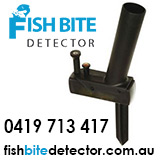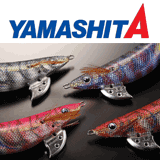Species ID
View AllBarramundi
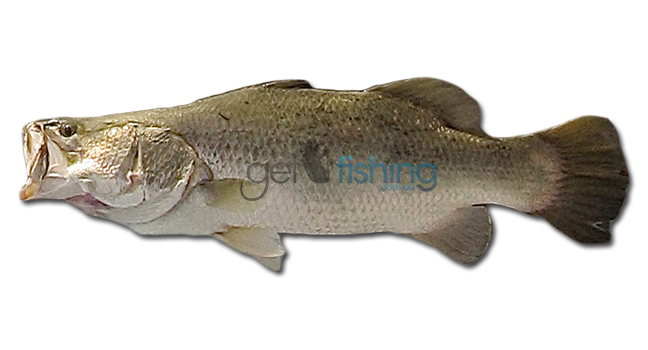
Barramundi, being the iconic fish of the north, are one of Australia’s premier sport fish and truly are a magnificent fish to catch. They have a distinguishing concave forehead and razor sharp gill rakers. Their eyes are set well forward above their large mouth, they have a broad powerful tail with a rounded fin, and two dorsal fins. The front-most dorsal fin contains 7-8 strong spines while the soft-rayed rear dorsal fin contains 10-11 rays.
Saltwater specimens have a shiny silvery body, yellowish fins and are more elongate compared to the deeper bodied freshwater specimens which are darker in colour, particularly above the lateral line, with a lighter silver or golden ventral surface and darker fins.
Other names
Barra, Barramunda, Cock-up, Palmer, Silver Barramundi, and internationally known as Giant Perch, Giant Sea Perch and Asian Sea Bass.
Common size
50-80cm
Related species
Nile Perch (Africa)
Lifespan
Over 20 years
Habitat
Barramundi inhabit tropical estuaries and river systems right up into freshwater rivers and isolated billabongs, and are also stocked in freshwater impoundments. In saltwater environments barra live around structure such as rock bars, fallen trees and mangroves as well as tidal drop-offs, mudflats and creek entrances. In the fresh they hand around structure including weed beds, fallen and submerged trees, rocky outcrop and undercut banks.
Reproduction
Barramundi are sequential hermaphrodites which display protandry, meaning they change sex from male to female during their life-cycle. This ‘sex-change’ occurs only in marine waters at about 80cm in length. They grow up to 180cm in length and 55kg in weight. They spawn between September to march around shallow mudflats in estuaries.
Diet
Barramundi are a carnivorous predatory fish.
Catch care
Dispatch any fish you intend to keep humanely and immediately after capture. Iki jime or bleed your fish and place on ice or in an ice slurry in an esky/ice box. Kept like this your fish will last much longer, and not only will your fish still be fresh when you get home from a long day on the water, the eating qualities will be much better as well.
Information courtesy of Department of Fisheries WA and DPIF NT. Fast facts photo courtesy of Jamie Crawford, Port Lincoln SA.
In Australia, Barramundi are distributed throughout northern coastal waters from Exmouth WA to the Noosa area in south-east QLD. Outside of Australia they are found in several other countries including China, Taiwan, Japan and Papua New Guinea. Individuals can be wide-ranging in their distribution with records of tagged fish indicating movements of over 600km are possible.
4 stars. Barra are a popular table fish when taken from saltwater and fish in the 50-80cm range provide fantastic eating. Fish >100cm are most likely females, capable of producing millions of eggs, and are better released back into the environment. The flesh is pale white and flaky when cooked and its succulent juicy flakes are hard to resist. For this reason they are a popular in restaurants Australia wide, often demanding substantial prices. Dishes such as Crispy Skin Barra are a favourite in restaurants, however Barra can can be cooked in a variety of ways from baked whole in an open fire (Malcolm Douglas style) to steamed, battered, bread crumbed you name it!.

- Are from the family Latidae (barramundi, basses, giant perches, sea perches)
- They have been recorded over 150cm in length and 55kg in weight
- Barra live equally well in fresh and saltwater
- In Australia prior to the 1980’s barra were referred to as Asian sea bass
- The name barramundi was given in the 1980’s for marketing reasons, believably meaning large scale river fish
- All barra are born male and change sex to female at about 80cm in length
- All impoundment barra are males
- Large females may produce up to 32 million eggs in a breeding season
- Good eating

